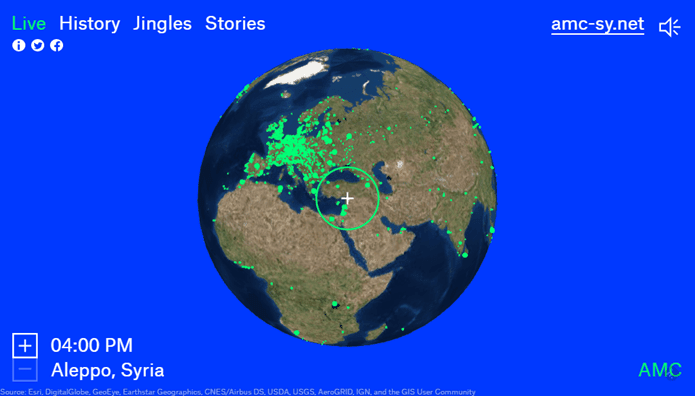The radio receivers that we are familiar with these days rely on diodes, transistors, inductors and capacitors to function. They do this well and at a low cost. However, what if I were to tell you that there was another method for receiving radio signals that works a little differently? Well, it’ s time to meet the world’s tiniest radio receiver!
How A Modern Radio Receiver Works
After a modern radio receives a radio signal via it’s antenna, a tuner then singles out the desired frequency for playback. The radio signal is then turned into an electric signal which is then amplified by using a transistor and sent to speakers or headphones for playback. This technology is both cheap and effective. These devices also do not require a lot of space. For these reasons, transistor radios took the world by storm when they were first introduced.
Meet The World’s Tiniest Radio Receiver
Recently, a team made up of members from both the John A. Paulson School of Engineering and Applied Science at Harvard University in the United States and Element Six Global Innovation Centre in the United Kingdom demonstrated a device based on a diamond chip which works as a radio receiver. When operating the device, an FM radio signal is delivered to the diamond by a 20 micrometer wide microstrip waveguide. This is around the width of a human hair. The microstrip acts as an antenna in this application. A magnetic field is used to tune the receiver. Defects in the diamond sample the size of two atoms each are essentially the heart of the radio receiver. These defects are called nitrogen-vacancy centers and are responsible for decoding the FM signal. The diamond sample is continuously pulsed with a green laser; essentially providing power to the nitrogen-vacancy centers. The interaction of the FM signal with nitrogen-vacancy centers in the diamond sample causes the sample to give off red light which is then measured using a photodiode. The photodiode turns the light into an electric signal which is then turned into sound by speakers.
Benefits of This Type of Device
Although the transistor radio works well for most applications, there are scenarios where the diamond radio would be an ideal candidate. Diamond is an extremely sturdy material, capable of withstanding extreme temperature and pressure. The researchers found that their device could withstand temperatures of up to 350 degrees Celsius. The device is also capable of operating in high pressure and chemically harsh environments. Its characteristics make it an ideal candidate for communication use in space missions. This radio receiver’s unique characteristics make it quite a tough cookie and it will be interesting to see all of the applications it will be used for in the future. That’s enough explaining for now though. Have a look at the diamond receiver in action below!
The above article may contain affiliate links which help support Guiding Tech. However, it does not affect our editorial integrity. The content remains unbiased and authentic.









